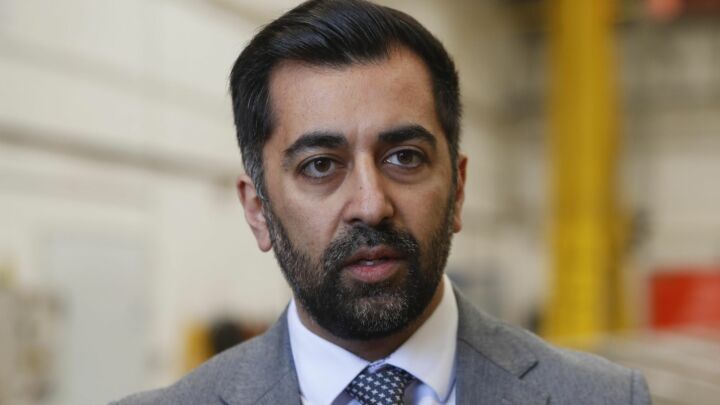Making an exhibition of museums
The Gulbenkian Prize for museums and galleries aims to create buzz about projects that aim to create buzz.

The Gulbenkian Prize for museums and galleries, worth over £100,000, seeks to be for the museum world what the Turner Prize is for visual arts and the Booker Prize is for literature.
The prize awards ‘the most innovative and inspiring idea’ developed by a museum or gallery in 2002 – which could be an exhibition, a new gallery or public programme – and will be awarded during Museums and Galleries Month in May 2003.
That museums want their own Turner Prize is a sign of the huge amount of money that is pouring into the sector at present – every month, it seems, there is a new blockbuster gallery opening, and local museums and heritage centres all over the country are getting facelifts and new programmes.
And the prize, at least in part, seems have the aim of creating the buzz to help justify all this investment. Lady Cobham, chairman of the trust that runs the Gulbenkian Prize, says that: ‘The millions of pounds spent recently on revitalising museums and galleries, making them relevant to the broadening twenty-first century audiences, should be celebrated.’ (1)
On the face of it, the Gulbenkian Prize rewards a broad variety of museum projects – scrupulously varied, in fact, in terms of their geographical location, size, and subject matter. On this year’s long-list, there are small heritage projects, like the Banbury Museum and Tooley’s boatyard project, or the cast iron sculpture workshops at the Ironbridge Open Air Museum; major new museums, like the Imperial War Museum North in Manchester; extensions to established museums, like the Darwin Centre at the Natural History Museum, London, or the reworking of galleries at Manchester Art Gallery; and a family history project in Rotherham.
But all these 12 long-listed museum projects essentially have the same ‘innovative and inspiring idea’ at their heart – to find new ways of relating to and including their visitors.
For example, the Gulbenkian Prize’s notes on the Brighton Museum and Art Gallery redevelopment project say that: ‘local groups and enthusiasts were involved in the redisplays; a Hindu shrine in the World Art Gallery was redisplayed in collaboration with the local Hindu community.’ Manchester Art Gallery’s reworking is promoted in terms of the ‘lively new spaces for children and their families, combining real artworks and exciting hands-on activities’. And apparently, one of the strengths of the new Hackney Museum is ‘the degree to which local people have been involved in the research and development of the displays’ (2).
Over the past decade there has been a broad shift in cultural policy – from focusing on the substance of the cultural institution to focusing on the institution’s relationship with its visitors. These Gulbenkian Prize nominees show the pervasive influence of this policy upon museum practice, which becomes increasingly bland.
You would have thought that a group of projects set up by different people, and involving different collections and localities, would have had very distinct characters. But all the Gulbenkian Prize nominees actually look remarkably similar. All are described using the same kinds of words; all involve the same essential components; all have the same kinds of aims and feel about them.
The DCMS consensus about what cultural institutions should be about has spread far and wide – a process that has been helped along by new sources of funding like the National Lottery, and the development of a tighter relationship between government and the cultural sector.
Which is not to say that all of the long-listed projects are bad – those I have seen range from good to terrible. But they are all probably not as good as they could have been, had they thought more about the content of the exhibitions or new developments, and less about how they were appealing to and involving their visitors. Projects that are driven above all by a desire to reach people tend to lose a sense of integrity, and become more about the interaction than the thing itself.
Which all means that the Gulbenkian Prize looks like a prize to create buzz about projects that aim to create buzz.
It looks as if museums have got their Turner Prize, after all.
Read on:
spiked-issue: Museums and galleries
(1) New £100,000 prize will reward the best museum or gallery project in the UK, press release, 15 September 2002
(2) Official Longlist Announced, 14 January 2003
To enquire about republishing spiked’s content, a right to reply or to request a correction, please contact the managing editor, Viv Regan.








Comments
Want to join the conversation?
Only spiked supporters and patrons, who donate regularly to us, can comment on our articles.